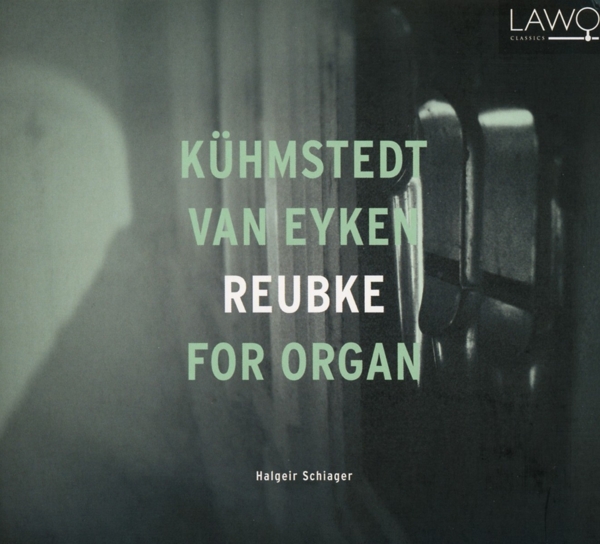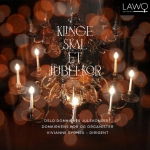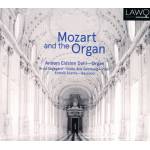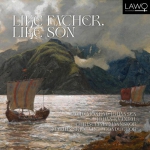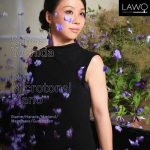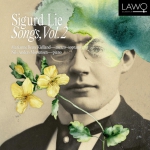Other products from Halgeir Schiager |
My Account
|
Log In
|
English |
€ Euro |
Advanced Search
|
All Categories
BEST SELLER
500
NEW RELEASES
10.646
SPECIALS
236.890
Your search:
No selection
Filter results:
TECHNICS
289.671
GAMES/SOFTWARE
27.309
MUSIC
704.715
Other Classic
3.813
- Accordion
23
- Bassoon
5
- Bugle
3
- Cello
123
- Clarinet
22
- Clavichord
45
- Double Bass
5
- Early Instrum.
17
- Flute
56
- Guitar
315
- Harp
51
- Harpsichord
227
- Lute
108
- Mandolin
11
- Oboe
8
- Organ
534
- Other Solo Instrum.
1.703
- Percussion
16
- Piano
2.437
- Recorder
12
- Saxophone
12
- Trombone
4
- Trumpet
11
- Viola
29
- Violin
203
Symphonic Music
12.905
|
Music Movie Audiobooks Merchandise Children's |

